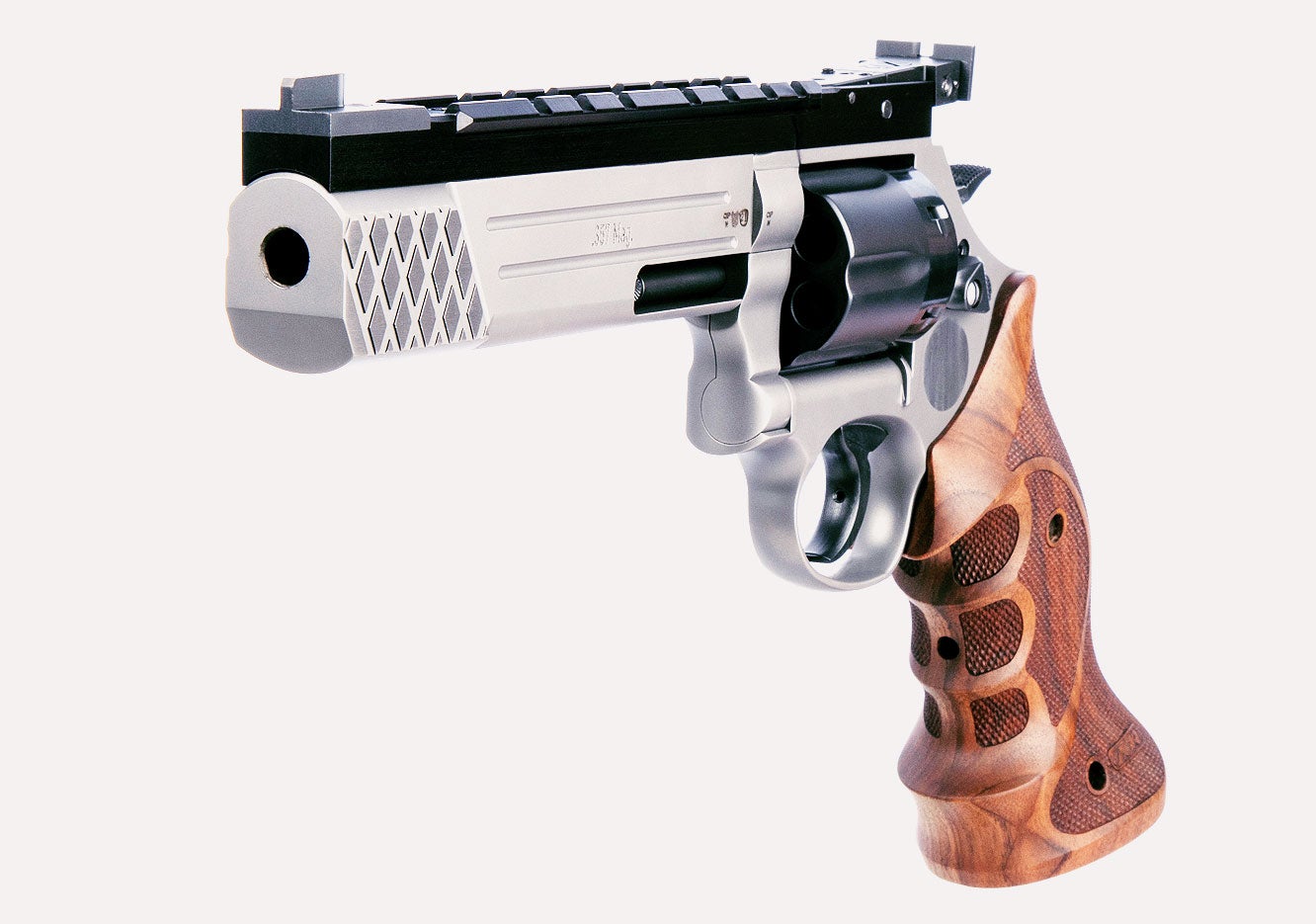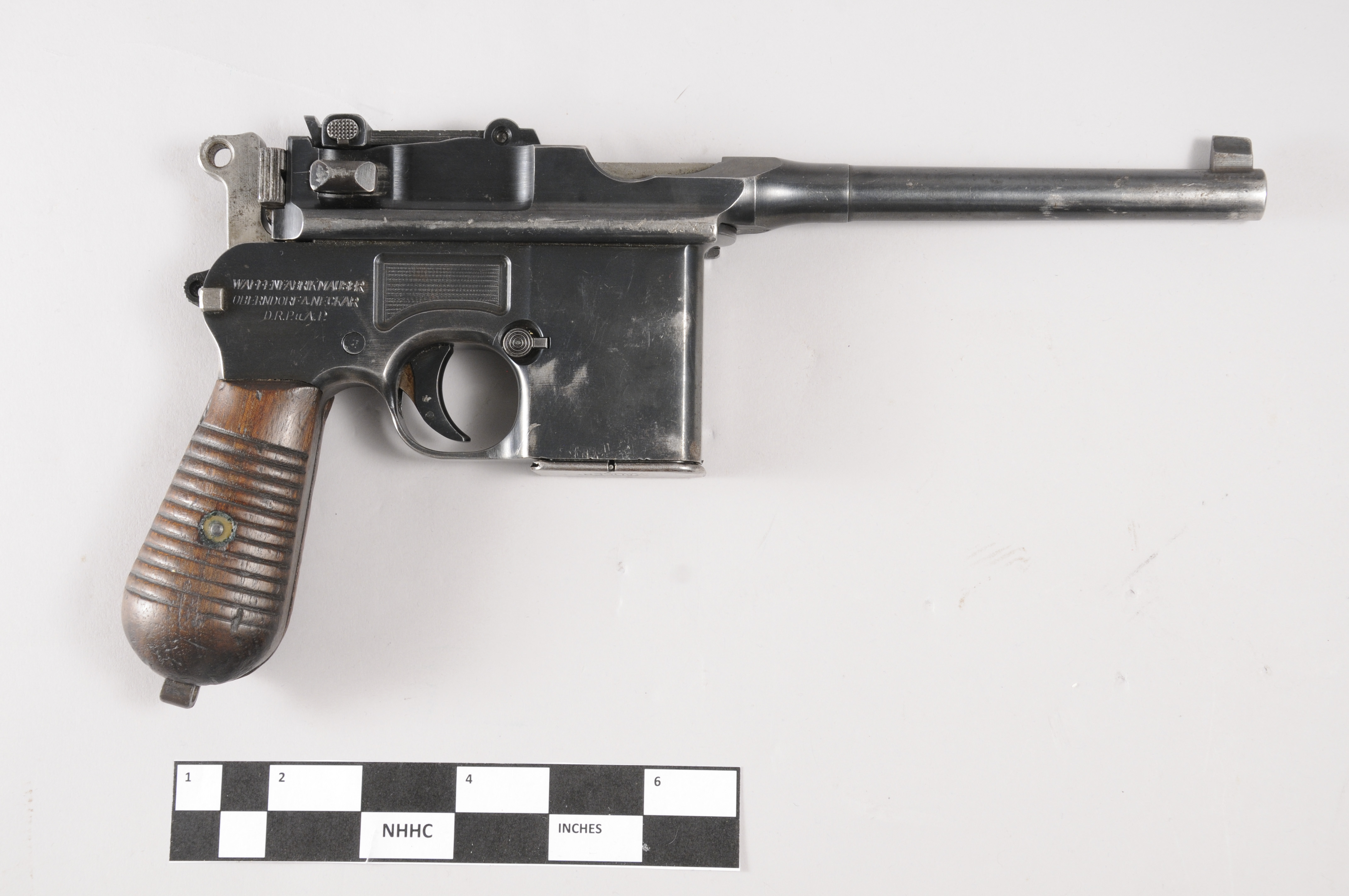German Made Handguns - It is a recoil operated semi-automatic pistol with a lever lock. The Luger was produced in various models and by different countries from 1898 to 1949.
The design was first struck by Georg Luger. It was designed as an improvement on the Borchardt C-93 pistol, and was originally produced as a Parabellum automatic pistol, Borchardt-Luger system by the German arms manufacturer Deutsche Waff und Munitionsfabrik (DWM).
German Made Handguns

The Luger was officially adopted by the Swiss Army in 1900, the Imperial German Army in 1906, and the German Army in 1908. The Luger is the standard pistol in Switzerland, Portugal, the Netherlands , Brazil, Bolivia, and Bulgaria. It was widely used in other countries as a military and police pistol.
Stp® · Sport Target Pistol By Prommersberger · Premium Weapons \
In German Army service, it was adopted in a slightly modified form as the Pistole Modell 1908 (Pistole 08) in caliber 9 × 19mm Parabellum.
The Luger is famous for its extensive use by Germany during World War I and World War II, with the interwar Weimar Republic and the post-war East German Volkspolizei.
The name Parabellum, which also appeared in the DWM telegraphic message, comes from the Latin phrase Si vis pacem, para bellum "If you want peace, prepare for war."
The Swiss Army began looking for a semi-automatic pistol to replace their issued pistol, the Ordonnanzrevolver 1872.
High End Handguns You'll Be Dreaming About
Georg Luger, working at the German company Deutsche Waff- und Munitionsfabrik, provided the Borchardt-Luger design, which during Swiss military trials proved to be more accurate and reliable than competing designs such as the Mannlicher M1901 and Mauser C96.
20 examples of the Borchardt-Luger were sent to Switzerland in 1899 and, after being modified to reduce weight, adopted as the Ordonnazpistole 1900 the following year.
In 1898, Germany used 145 C96 pistols, but found that they jammed too often to be effective.

In 1901, testing of the Luger began, with an improved version of the C96, which found the Luger to be lighter and more reliable.
A Korth Pistol, In A Box 9 Mm Cal. Parabellum, No. P042. Mirror Like Bore, Length 125 Mm. German Proof Mark 1997. Ten Shot Magazine. Combat Trigger Guard. Original Deep Black Finish. Dark Brown
After the caliber change from 7.65×21mm Parabellum to 9×19mm Parabellum, the Luger was adopted by the Imperial German Navy as the Selbstlade-Pistole Modell 1904, and then simply the Pistole 1904.
The Army delayed its construction, as Mauser requested time to develop a new pistol of its own, which was completed in 1907.
However, the new pistol proved less popular than the Luger, and on August 22, 1908, Kaiser Wilhelm II signed an order for 50,000 Lugers for the German Army, with an order to produce 170,000. .
In 1901 DWM shipped two Lugers to the United States, which was also interested in semi-automatic pistols.
German Sport Guns 1911 .22 Lr Tribute Pistol With Fake Suppressor
After the tests were successfully completed, 1,000 pistols and 200,000 rounds of ammunition were purchased for use by the Military Academy at West Point and other forts. The Luger was not popular, and most soldiers preferred the .38 Long Colt revolver, causing the Luger to go off the market in 1905.
In 1906, the United States evaluated several domestic and foreign semi-automatic pistols, including the Colt M1900, Steyr Mannlicher M1894, and the Mauser test.
This was in response to war reports stating that the .38 caliber rifle used in the Philippine rebellion of 1899-1902 had no stopping power. Because of the findings of the Thompson-LaGarde Test, the military demanded a .45 caliber (11.25mm) pistol.

In 1906 and 1907, the US Army conducted trials for a large semi-automatic pistol. Georg Luger brought at least two, and possibly three Model 1902/1906 Parabellum rifles to the United States for testing in 1907, all in .45 ACP caliber.
Meet The P2000: The Finest High End Gun Ever Made?
Prior to his arrival, the US Frankford Arsal provided Luger with 5000 rounds of .45 ammunition to test and become a guide to chambering.
Finding many flaws in this prototype bullet (the US authorities were later forced to produce a new bullet for testing in 1907), Luger had Luger remove the bullets from these cartridges and re- those with more flammable special powders. .
Luger fired 746 rounds of this new cartridge in a March 1907 test with the .45 Luger pistol.
Two experimental .45 Luger pistols, numbers 1 and 2, are known to have been used in the 1907 experiment.
Is My \
Although the .45 Luger passed the shooting test, it was inferior to the Colt/Browning and Savage rifles in terms of ineffectiveness and accuracy, although Army officials admitted that the .45 Luger was superior. -po with full bullet DWM:
"The Luger automatic pistol, although having many advantages in detail, is not recommended for service testing because the reliability of the action, even with Luger ammunition, is not considered satisfactory, because the final seating of the cartridge is not good. , and because the powder which Mr. Luger states is necessary, for its satisfactory use, cannot be obtained in this country."
DWM and Luger then declined an invitation from Army officials to produce 200 pistols in .45 caliber for more competition against offers from Colt and Savage, and in At that time, DWM withdrew from American testing.

It is not known what happened to the .45 Luger, number 1, because it was not returned and it is believed that it was destroyed during the test. The prototype .45 Luger serial number 2, considered a backup to serial number 1, survived trials until 1907 and has its own. Its rarity made it worth US$1 million at the time of the History Channel's Tales of the Guns episode "Million Dollar Guns".
Gsg 1911 In .22lr: An Ati Offering
At least 45 caliber Luger pistols were subsequently produced for commercial or military use; One is on display at the R. W. Norton Art Gallery, in Shreveport, Louisiana. The other was sold in 2010 and remains in a private collection. A single .45 Luger carbine is also known to exist.
The first known example of the use of the Luger in combat was during the Maji Maji Rebellion of 1905-06.
It was not well received there, as it was considered too heavy to be used quickly, especially since the grip protection had to be kept tight, which reduced the reliability, which led to the removal of the protection from the model.P08.
At the beginning of World War I, not all units of the German Army were equipped with Lugers, which resulted in production.
The German Sport Guns Firefly Pistol
Along with the P08, Germany also developed the LP08, a version with a longer stock and barrel that could also accept a battery magazine.
The LP08 was used by the Luftstreitkräfte during the early days of the war, before the aircraft were equipped with machine guns, although due to the lack of pre-war production, the LP08 was used more often than the P08.
The first user of the LP08 was the military, who used the battery pack to deliver a high volume of fire at close range, an idea that would lead to the development of the Stormtroopers and the MP 18.

After the war, Germany signed the Treaty of Versailles, which restricted the size of its army: the treaty stated that the German army could only have 50,000 pistols and completely banned rifles and pistols with reserves.
Guns Of The Week: German Firearms
Because the Luger was expensive to produce, Germany began looking for a replacement in 1927, settling on the 1938 Walther P38, which offered the same performance as the Luger but took half the production time.
Getting the P38 off the production line at the start of World War II took longer than expected, leading to the P08 remaining in production until September 1942, with pre-existing copies standing still. in service until the end of the war.
In East Germany, the Volkspolizei used the P08, mostly from former Nazi stock, but produced small numbers until 1953.
The Luger has a locking action that uses a hinged arm to lock, as opposed to the action of many other semi-auto pistols, such as the M1911. After firing a round, the barrel and the recoil lever assembly are moved about 0.5 in (13 mm) rearward, both locking at the same time. The lever strikes a cam built into the frame, causing the knee to rotate and the lever and breech assembly to open. The barrel hits the frame and stops its rearward movement, but the lever assembly continues to move, bends the knee, pulls the spt casing out of the chamber and releases it. The lever and chamber assembly is moved under the action of the spring and the next round is carried from the magazine to the chamber. The alignment of the tires takes place in a fraction of a second and contributes to the mud resistance above average.
Cheapest German Made 9mm Pistol In Canada?
This mechanism works well for high pressure cartridges, but cartridges loaded with low pressure can cause the gun to malfunction because it does not generate enough pressure to allow the action to work fully. This results in the breech block not removing the upper cartridge from the magazine or jamming at the base of the cartridge.
This cartridge failure occurs in Browning and other pistol designs, but the Luger is sensitive to other cartridges.
German made hearing aids, german made faucets, german made manicure set, german made refrigerators, german made electric bikes, german made bathroom faucets, german made boilers, where are ruger handguns made, german made appliances, german made sandals, german made channel locks, german made kitchen cabinets

0 Comments